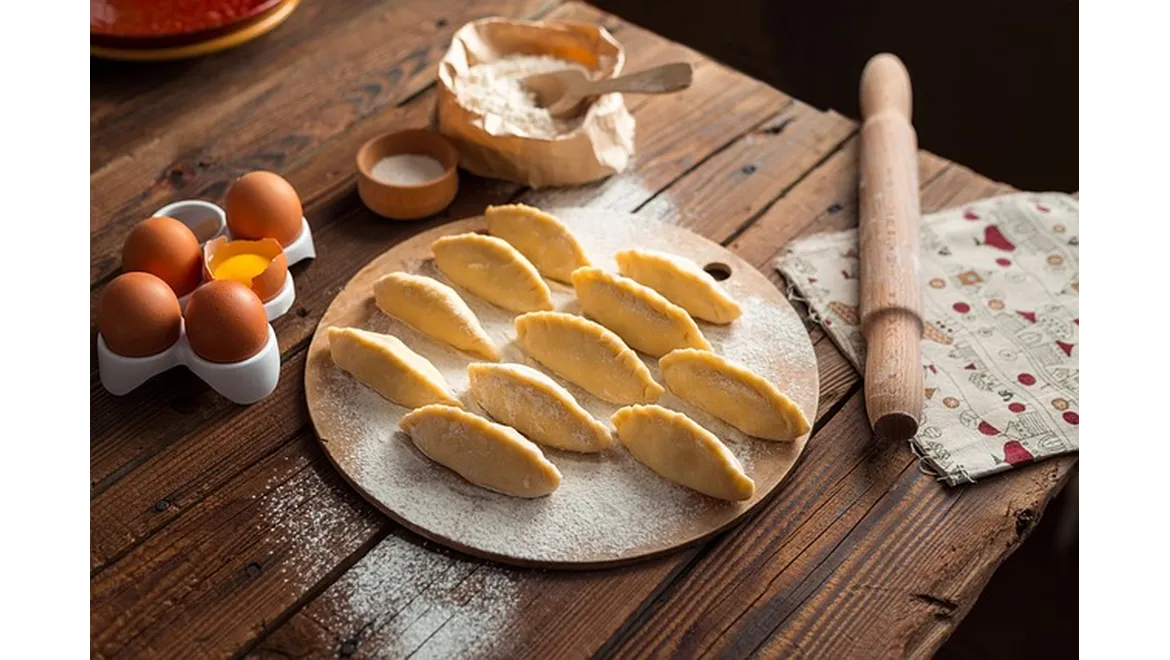Hello fellow home entertaining enthusiasts! I’ve been delving into creating accessible and enjoyable events for all ages, and recently, I focused on the often-overlooked demographic: our wonderful seniors. Forget loud music and frantic games; let’s talk about creating a relaxed, engaging, and frankly, delicious experience. My latest project involved designing and running ‘Culinary Creations: Cooking Classes at Home,’ tailored specifically for senior participants. And let me tell you, the rewards were immense.
The initial planning was crucial. The key is accessibility, comfort, and mindful adaptation. Forget towering counters and complicated techniques. Think low-impact activities that stimulate the mind and body without causing strain.
The Recipe for Success: Simple, Healthy & Delicious
I started by carefully selecting recipes. We needed dishes that were easy to prepare and digest, and of course, bursting with flavour. I chose three: a vibrant Mediterranean Quinoa Salad, a Creamy Tomato Soup with Grilled Cheese Croutons, and Apple Crumble using ready made crumble (to save energy).
- Mediterranean Quinoa Salad: This is a nutritional powerhouse! Cooked quinoa is the base, combined with finely diced cucumber, tomatoes, red onion, olives, and crumbled feta cheese. I made sure to chop the vegetables into small, manageable pieces. A simple lemon-herb vinaigrette brings it all together. The benefits of quinoa are considerable, being a complete protein and good for digestion.
- Creamy Tomato Soup with Grilled Cheese Croutons: Who doesn’t love tomato soup? I used tinned tomatoes, vegetable stock, and a touch of cream for richness. The secret weapon? A stick blender to achieve a smooth, velvety texture, ensuring no lumps for easy swallowing. The ‘grilled cheese croutons’ were simply bite-sized grilled cheese sandwiches, crusts removed, perfect for dipping. It is easy to ensure this is gluten free using appropriate bread or other bases for the croutons.
- Apple Crumble: The ultimate comfort food. I used tinned apple slices (unsweetened) for ease and a ready-made crumble topping to reduce prep time. A sprinkle of cinnamon adds warmth. Baking it until golden brown filled the house with the most comforting aroma.
Setting the Stage: Accessibility and Comfort
Now, for the class setup. I opted for comfortable seating around a large, sturdy table. This allowed everyone to participate without needing to stand for extended periods. Non-slip mats under mixing bowls and cutting boards were essential, preventing accidents. I also provided adaptive tools like large-handled utensils and easy-grip peelers. Good lighting is vital, so ensuring ample natural light or supplementing with lamps is a must.
Before we started, I gave a thorough safety briefing. We covered knife safety, the importance of handwashing, and how to use the oven safely. I emphasized that help was always available, and no one should hesitate to ask for assistance.
Hands-On (But Not Overwhelming): The Cooking Process
I broke down each recipe into small, manageable steps. I demonstrated each step slowly and clearly, narrating as I went. Participants followed along at their own pace, and I circulated, offering individual guidance and support. For tasks requiring fine motor skills, like peeling or chopping, I offered to assist or even do it entirely. The key was to ensure everyone felt included and successful, regardless of their abilities.
We started with the Quinoa Salad, as it involved minimal cooking. The focus was on chopping the vegetables and mixing the dressing. Then, we moved onto the Tomato Soup, which was primarily a blending and simmering activity. Finally, we tackled the Apple Crumble, which was more about assembly than intricate techniques.
Beyond the Food: Social Connection and Sensory Stimulation
But ‘Culinary Creations’ wasn’t just about the food. It was about social connection, sensory stimulation, and a sense of accomplishment. We chatted, laughed, and shared stories while we cooked. The aroma of the soup simmering and the crumble baking filled the air, creating a warm and inviting atmosphere. Seeing the smiles on their faces as they proudly presented their creations was incredibly rewarding.
Considering Dietary Needs and Preferences
It’s also wise to always check dietary requirements. Offer sugar-free options. Make sure you have alternatives to common allergens. Being ready for all of those is vital.
The Power of Adaptability
I learned so much from this experience. I realised that with a little planning and adaptation, cooking can be an accessible and enjoyable activity for everyone, regardless of age or ability. It’s about creating a supportive and inclusive environment where seniors can learn, connect, and rediscover the joy of cooking. The positive feedback I received was overwhelming. Many participants expressed how much they enjoyed the class and how it inspired them to try new recipes at home. Some talked about making the recipes for their families, which was truly heartwarming.
Ultimately, my goal with ‘Culinary Creations’ was to encourage accessible entertaining. From creating a welcoming environment to choosing simple, healthy recipes, to adapting tools and providing assistance, every element was designed to ensure a comfortable and enjoyable experience for everyone involved. It’s about celebrating good food, good company, and the simple pleasures of life, and I found immense value in that.


